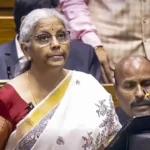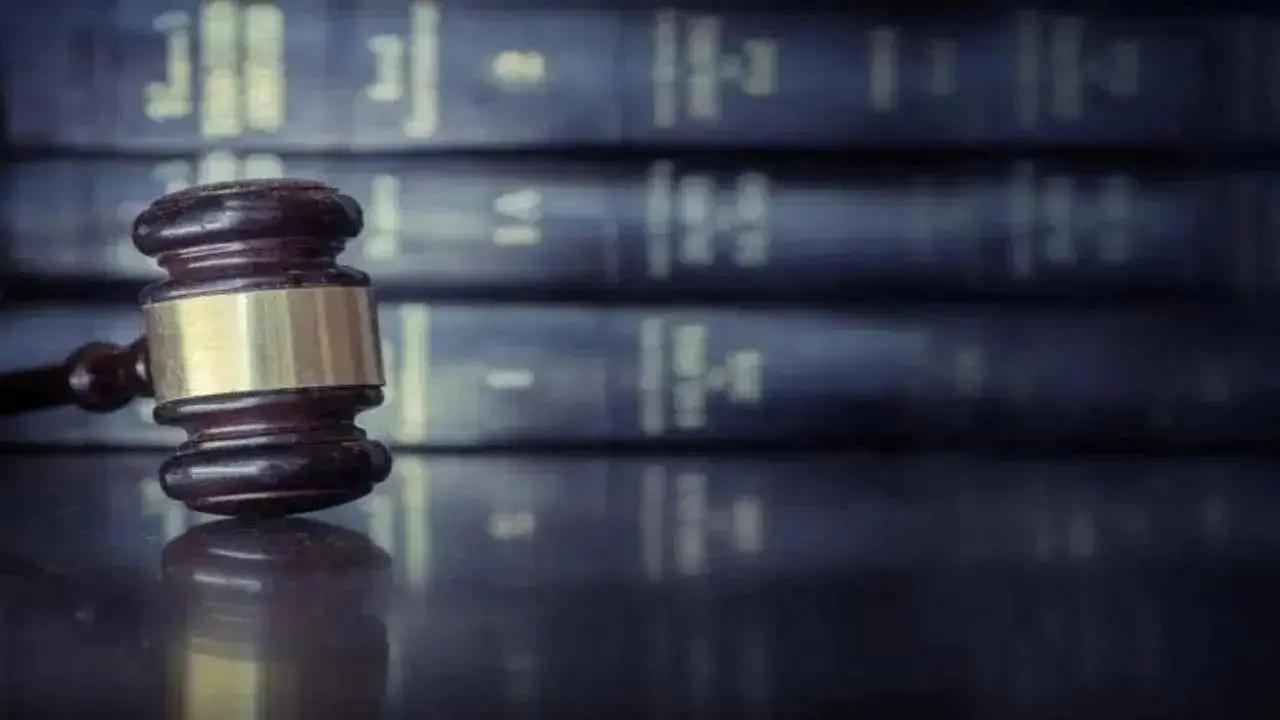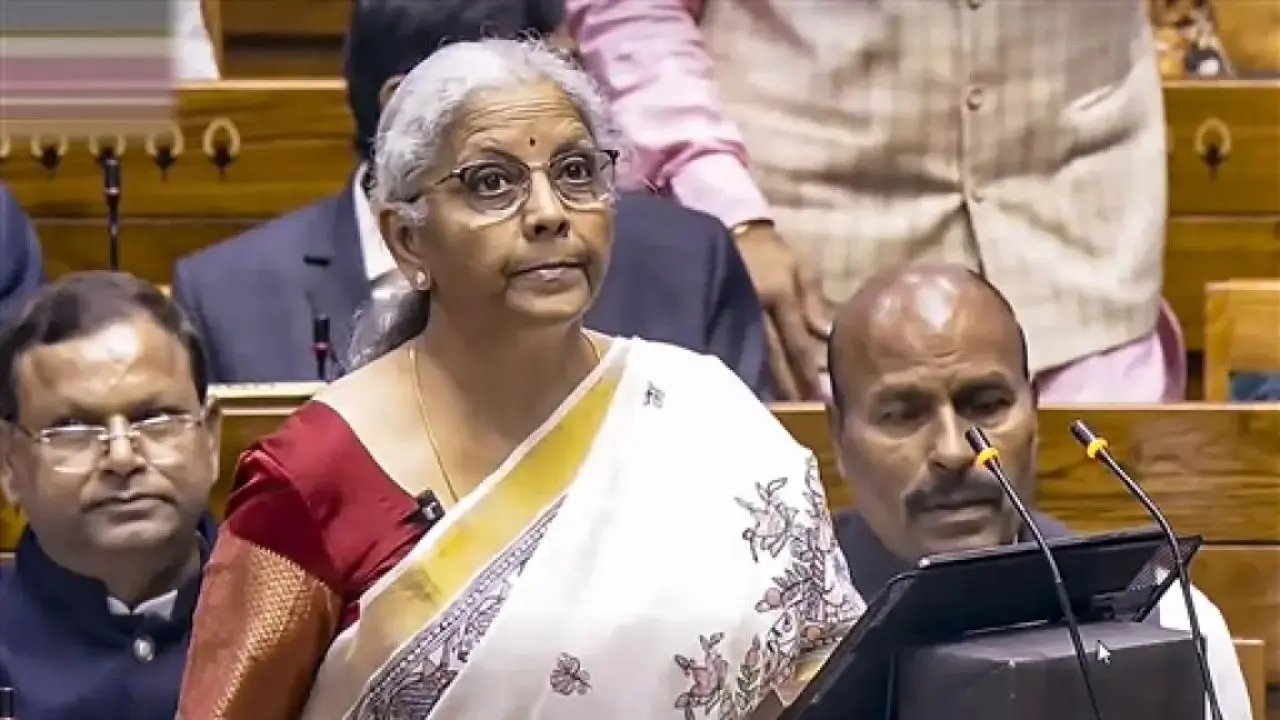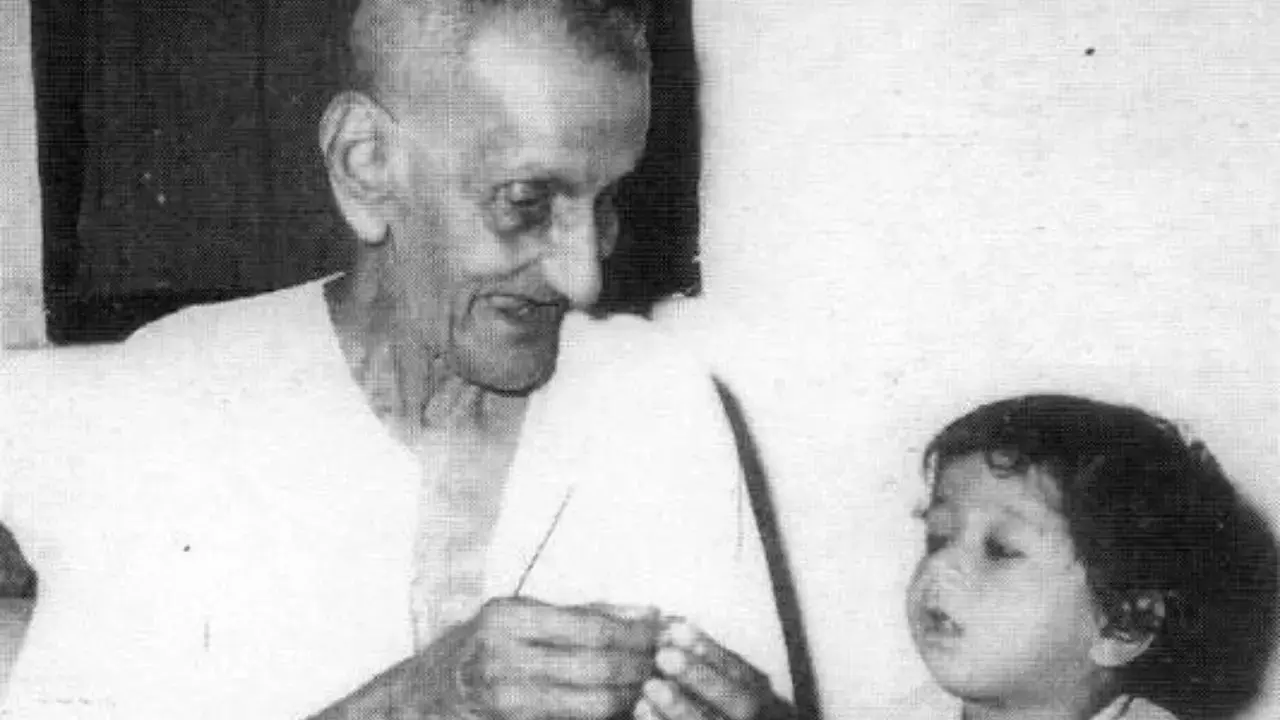It’s not just the lakhs of commuters missing regular bus services — with a dwindling fleet, delays, and shorter routes, the devotion of Mumbai’s ‘bus bhakts’ is also being tested. These diehard commuters, who insist on riding only BEST buses despite long waits and crowded routes, are struggling as fleets shrink and services falter. As loyal bus fans, they wait patiently at stops, plan backup routes, and treat every ride like a ritual — but the falling number of buses and hours-long delays have become the ultimate test of their loyalty.
In a city dominated by trains and Metros, their faith in BEST highlights both their endurance and the slow erosion of Mumbai’s once-iconic bus network. It’s not just about delays; there’s also the frustration of not knowing which bus is going where, with broken display panels or staff who don’t bother to update them.
Not a lifeline anymore
For Kharghar-based bus advocate Arindam Mahapatra, route C-505 from Belapur CBD to Santacruz depot was once a dependable lifeline. “If I catch it at Belapur, I’m assured of a seat, and it drops me right near my office in BKC. But while returning, there’s no guarantee. After travelling by 316 from Bandra Colony bus station to Bandra station East, I once waited 45 minutes at Bandra station West for C-505, not knowing whether it would go till Belapur CBD or be short-terminated at Deonar, Mankhurd, or Vashi. Often, the display isn’t updated, so we have to ask the conductor directly,” he said.
It’s a ritual
Govandi resident Aavesh Saeed Mukadam, 30, swears by route A-371, the new electric bus service from Shivaji Nagar depot to Bandra East. “I wait no matter what, even if it means sweating in the sun or standing in the rain. For me, it’s ritual, pride, and a sense of belonging,” he said.
“The ride itself is full of tiny pleasures. I pass crowded roads and the Amar Mahal flyover, where the city stretches out below. The familiar driver nods; fellow regulars share smiles and comments about the traffic jams and the SCLR stretch from Amar Mahal to Kurla depot. Older passengers joke with the conductor, making the ride feel like a shared secret. Sometimes it’s gruelling, I’ve waited in relentless rain, sweat dripping in the Mumbai sun, and even switched mid-route when the 371 got too crowded. Sure, trains are faster and autos more convenient, but they break the ritual, and that’s unacceptable,” he added.
“By the time we crawl into BKC MTNL, exhausted commuters spill into offices alongside daily-wage workers and women travelling from Shivaji Nagar to Kapadia Nagar for household work. I feel a strange sense of triumph. I honoured the ride. For me, Route 371 is more than transport; it’s ritual, pride, and devotion rolled into one. But most commuters don’t have the patience or time for this — they’ve moved on to quicker, more reliable options.”
BEST is unreliable
Mulund resident Gandharva Purohit remembers when routes 368 (Mulund-Sewri) and C42 (Thane-Sion) were his lifelines. “They saved me during college when trains were disrupted. They were dependable. Now, midi buses are deployed on long routes, AC vents are broken, and frequency is unreliable. Railways taught me time discipline, but bus travel taught me patience. I’ve waited 1.5 hours for a bus because I believed it would come. Today, I can’t. The 2021 route rationalisation created a huge impact that hasn’t been fixed to this day,” he said.
“Even small feeder routes like A-414 (Mulund-Nahur) have worsened because the crew change process takes 20 minutes, leaving us stranded while autos block the stop. As passengers, we only expect basics, relevant routes, frequency, and decent maintenance. Even after the fare hike, I didn’t give up on BEST because it’s still affordable, but the service needs consistency,” he explained.
Bus fan Shubham Padave, who travels daily from Andheri to Turbhe, plans his travel like a military operation. “I have backup plans for every situation — Plan A is bus plus train, Plan B is 525L (Dindoshi-Vashi), Plan C is C60 (Deonar-Borivli) till Mankhurd. On the way back, I juggle A332 (Kurla-Andheri), A226 (Ghatkopar-Sewri), A392 (Vikhroli-Majas), A22 (Majas-Pydhonie),” he said.
“Switching buses helps me understand operations and interact with passengers and staff. Being from Majas, we’re lucky — our buses run almost 22 hours a day, and the online tracker helps. But not everyone can plan a trip like this. BEST needs to focus on reliability, not just variety. Early mornings and late nights are fine, but peak hours are a nightmare. I love the challenge, but most commuters don’t. They want punctuality, not adventure,” he added.
Packed like Virar locals
In Malwani, Malad, where trains and Metros are far, residents depend solely on routes 269 (Madh Jetty–Borivli Station), 271 (Madh Jetty–Malad Station) and 272 (Malad Station–Marve Beach). Rupak Dhakate, a bus enthusiast, describes the chaos: “Midi buses get packed like Virar locals. Passengers hang from doors, women struggle to stand, and conductors can’t even issue tickets. The closure of route 720 (Malwani depot-Bhayander station) made it worse. People wait just to somehow squeeze in. Seats are a dream. It’s helplessness, not loyalty,” he said.
With rickshaws refusing meter trips and app-based taxis hard to find, buses are the only option in the Madh-Marve-Manori-Gorai belt. Commuters living along this coastal stretch — where ferries and buses connect remote villages to the mainland — say their plight is ignored. “At Marve jetty, people returning from work in Malad or Borivli wait endlessly for overcrowded 269 or 271 buses, often hanging from the doors,” said one commuter. “Women and elderly passengers struggle the most.
Full-sized buses could easily run till the Malwani Fire Brigade, but no one listens. The closure of route 720 has pushed even ferry passengers onto already jammed routes. For jetty area residents, dependence on BEST is total, but service is at its weakest,” he added. Dhakate summed it up: “This should be an eye-opener for BEST; instead of glorifying new e-buses or giving excuses, it should focus on how to win back passengers. Right now, passengers are adjusting, not trusting.”
Quick View
Fleet size
2700 buses (1000+ electric, 50 e-double deckers)
Ridership
Down from 32 lakh to 25 lakh (May-Aug 2025)
Revenue
Ticket earnings up by Rs 1 crore/day after fare hike
Depots
26 across Mumbai
Route rejig (2025)
30-32 routes rationalised with Metro-3 and rail hubs
Future plan
8K e-buses by 2027 (full electrification target)











